Introduction:
Cataracts are a common eye condition that can significantly affect a person’s vision, leading to blurry vision and difficulty seeing clearly. Surgeons widely perform cataract surgery to restore clear vision by removing the cloudy lens and replacing it with an artificial one. In this article, we will delve into the details of What Exactly Is Done in Cataract Surgery.
Understanding Cataracts:
Before we dive into the surgical procedure itself, let’s take a moment to understand what cataracts are and how they develop. Cataracts occur when the natural lens in the eye becomes clouded, typically due to aging or other factors like injury or medical conditions. This cloudiness leads to a gradual deterioration in vision quality.
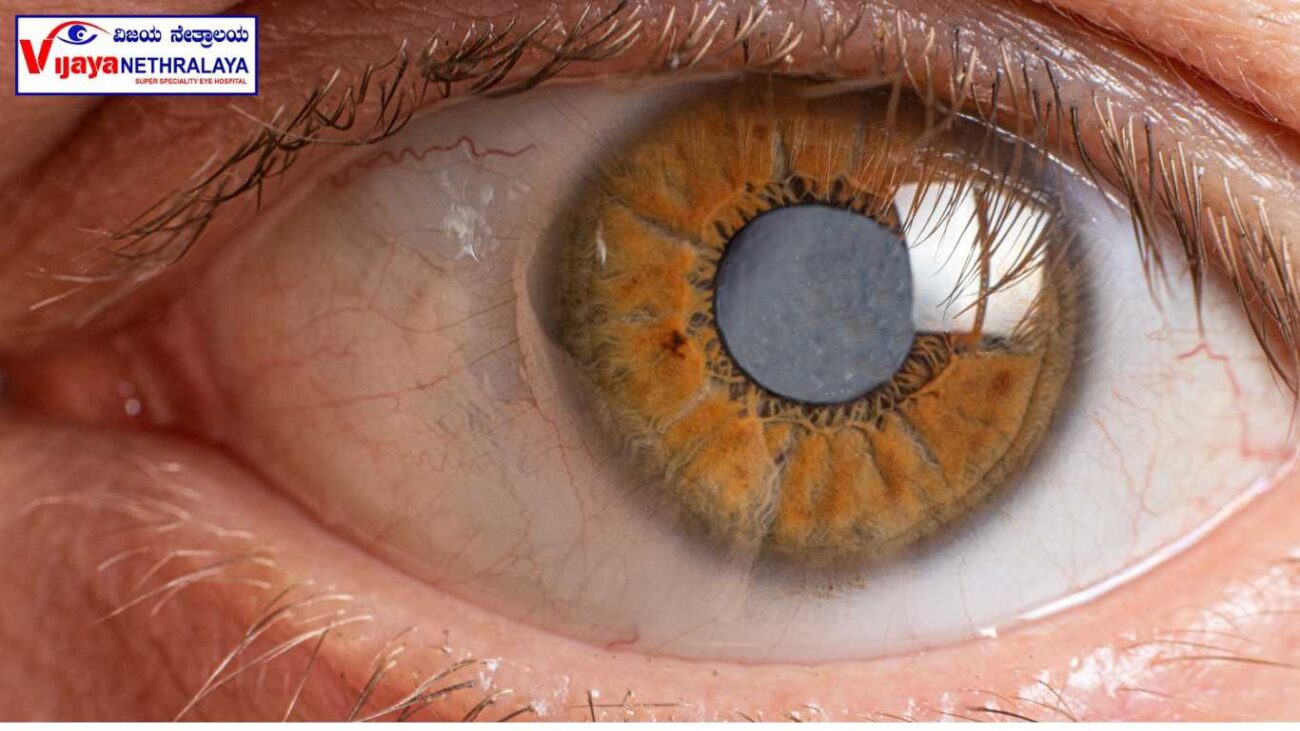
Preoperative Evaluation:
Before scheduling cataract surgery, a comprehensive eye examination is conducted. This evaluation helps determine the severity of the cataract and whether surgery is necessary. The eye surgeon will also discuss the patient’s medical history and any existing eye conditions.
Selection of Intraocular Lens (IOL):
During the preoperative phase, patients will discuss their options for intraocular lenses (IOLs). These lenses come in various types, including monofocal, multifocal, and toric lenses. The choice of IOL depends on the patient’s individual needs and lifestyle.
The Cataract Surgery Procedure:
Now, let’s delve into the surgical procedure itself, step by step.
Step 1: Anesthesia
Cataract surgery is typically performed as an outpatient procedure, and local anesthesia is used to numb the eye. This ensures that the patient remains comfortable and pain-free throughout the surgery.
Step 2: Creating an Incision
A tiny incision is made in the cornea to access the cataract. This incision is typically self-sealing and requires no stitches.
Step 3: Capsulorhexis
The surgeon carefully creates an opening in the front part of the lens capsule, which holds the cataract-affected lens in place.
Step 4: Phacoemulsification
Phacoemulsification involves using ultrasound technology to break up the cataract into tiny fragments. These fragments are then gently suctioned out of the eye.
Step 5: Inserting the IOL
Once the cataract is completely removed, the selected intraocular lens is inserted into the empty lens capsule. This artificial lens will replace the cloudy natural lens.
Step 6: Final Adjustments
The surgeon ensures that the IOL is properly positioned, and any residual cloudiness is removed. The incision is allowed to heal on its own.
Postoperative Care:
After cataract surgery, patients are closely monitored for a short period. It’s important to follow postoperative care instructions, which may include using prescribed eye drops and avoiding strenuous activities.
Recovery and Improved Vision:
Most patients experience improved vision within a few days after surgery, with full recovery taking a few weeks. The artificial lens allows for clearer vision, often without the need for glasses or contact lenses.
Author Details:
Dr. Sushruth Appajigowda holds a prominent position as a Cornea, Cataract, Glaucoma, and LASIK Surgeon in Bangalore. He serves as the chief Cataract and Refractive surgeon at Vijaya Nethralaya Eye Hospital, Nagarbhavi Bangalore. Renowned as one of the finest LASIK surgeons nationwide, he brings with him over 12+ years of experience across multiple LASIK platforms, including ZEISS, ALCON, SCHWIND, AMO, and Bausch and Lomb. Having successfully conducted over 5000 LASIK procedures, Dr. Sushruth holds the title of a Certified Refractive Surgeon and a Fellow of the All India Collegium Of Ophthalmology. Furthermore, he stands as a distinguished speaker at various National and International Forums, using his expertise to guide you in selecting the most suitable procedure based on your health requirements.

Conclusion:
Cataract surgery is a highly effective procedure that can significantly improve a person’s quality of life by restoring clear vision. Understanding the steps involved in cataract surgery can help ease any apprehensions one may have about the procedure.

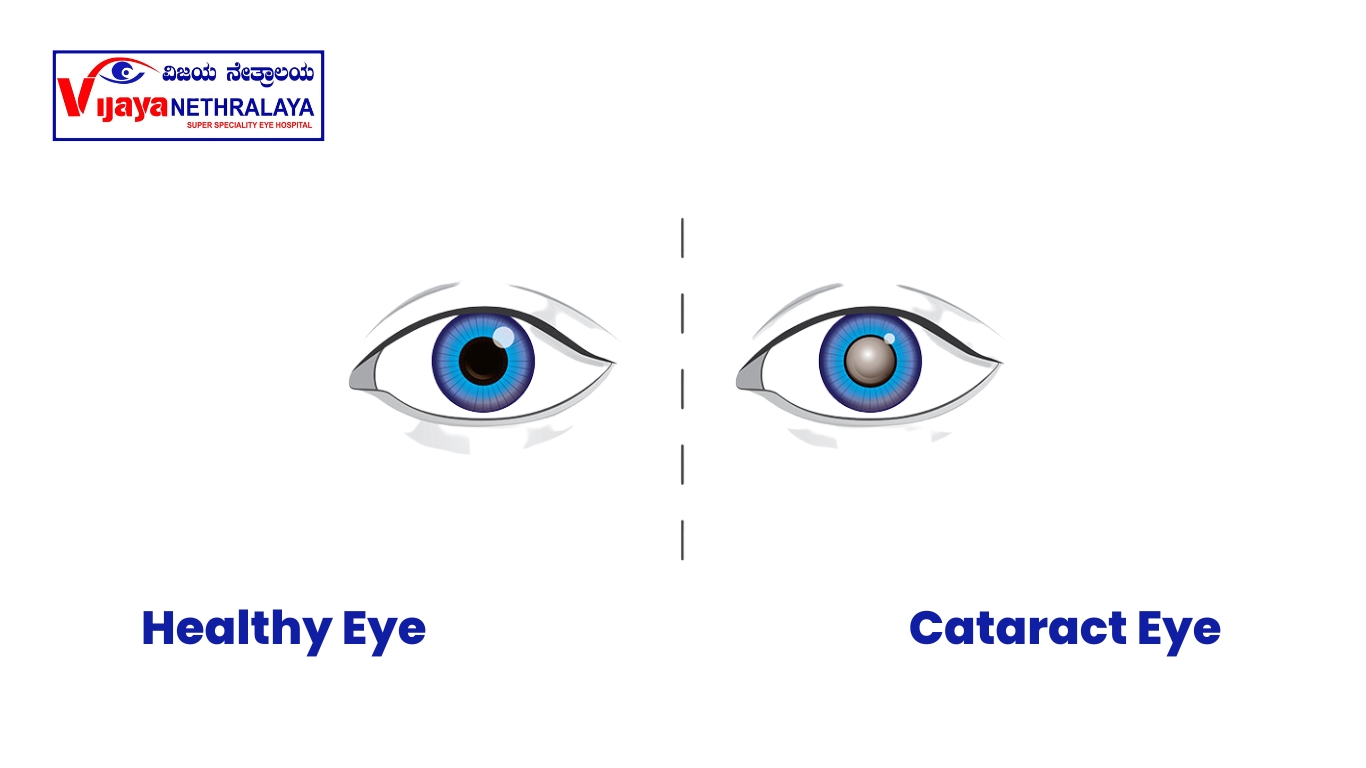

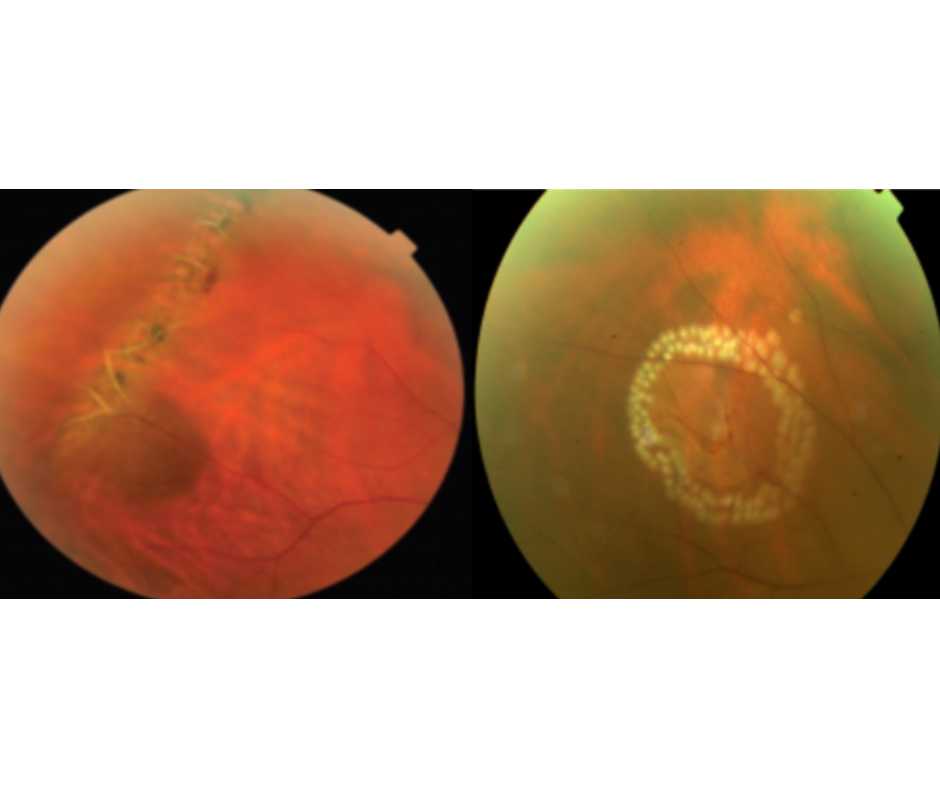






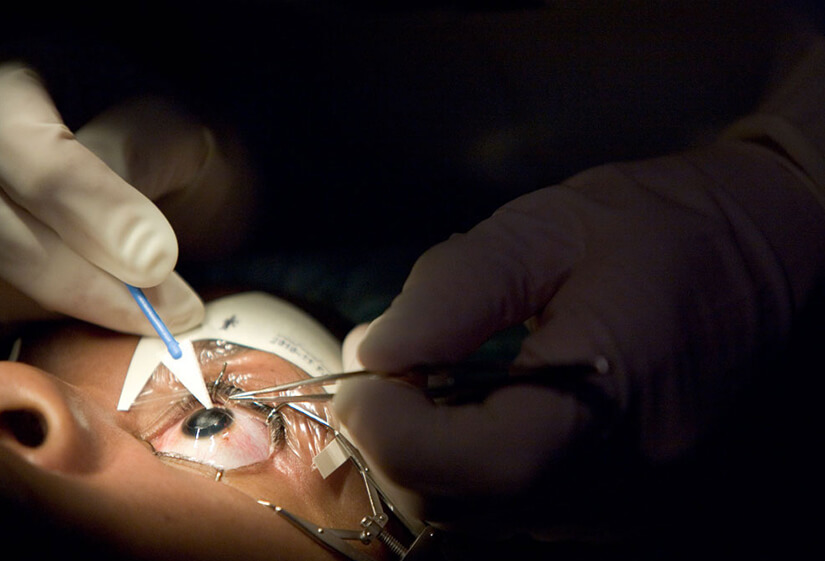


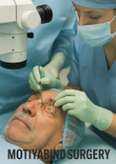
One thought on “What Exactly Is Done in Cataract Surgery?”
Comments are closed.